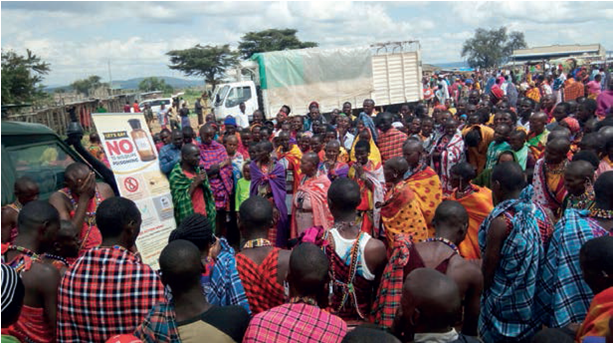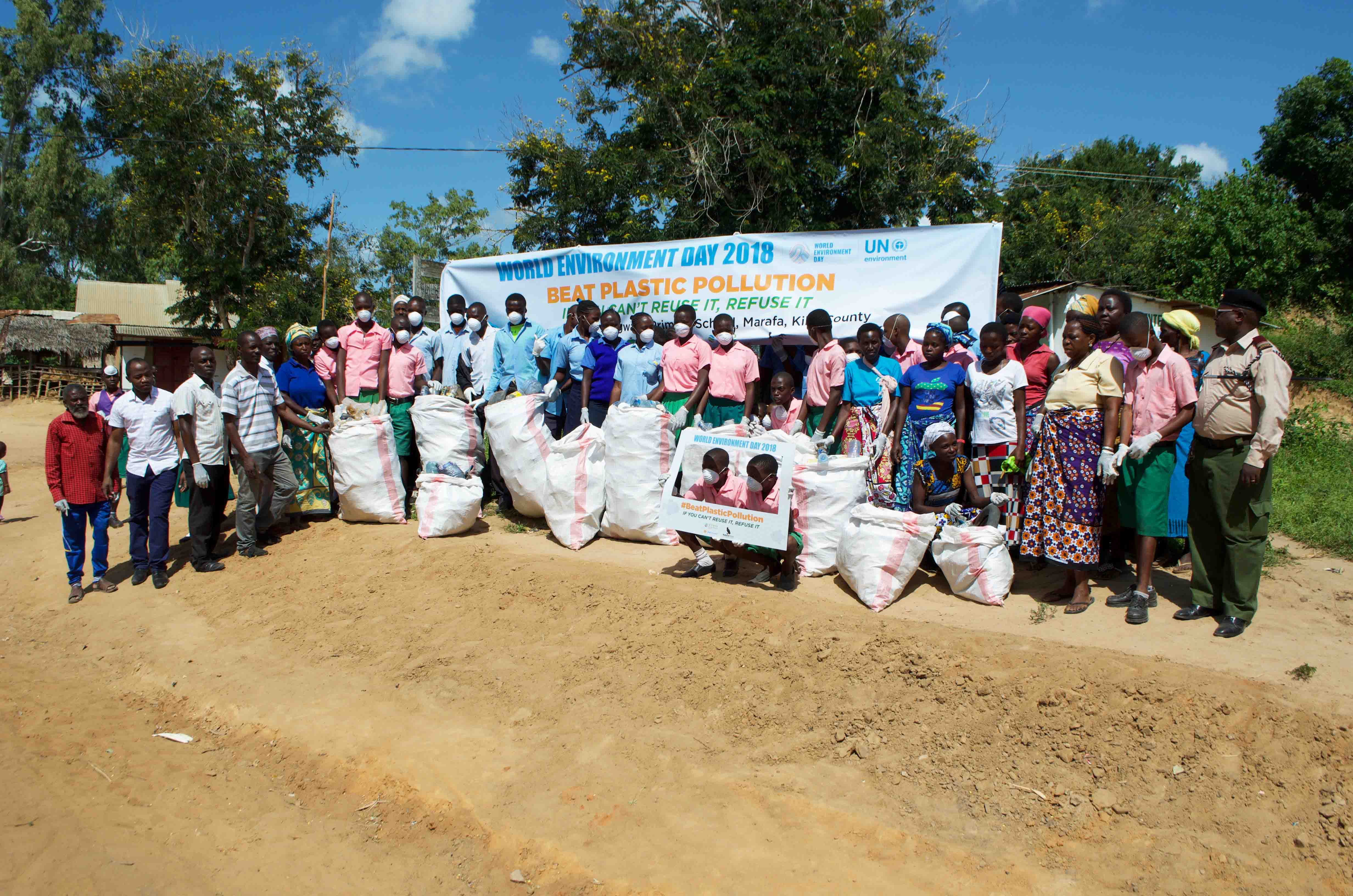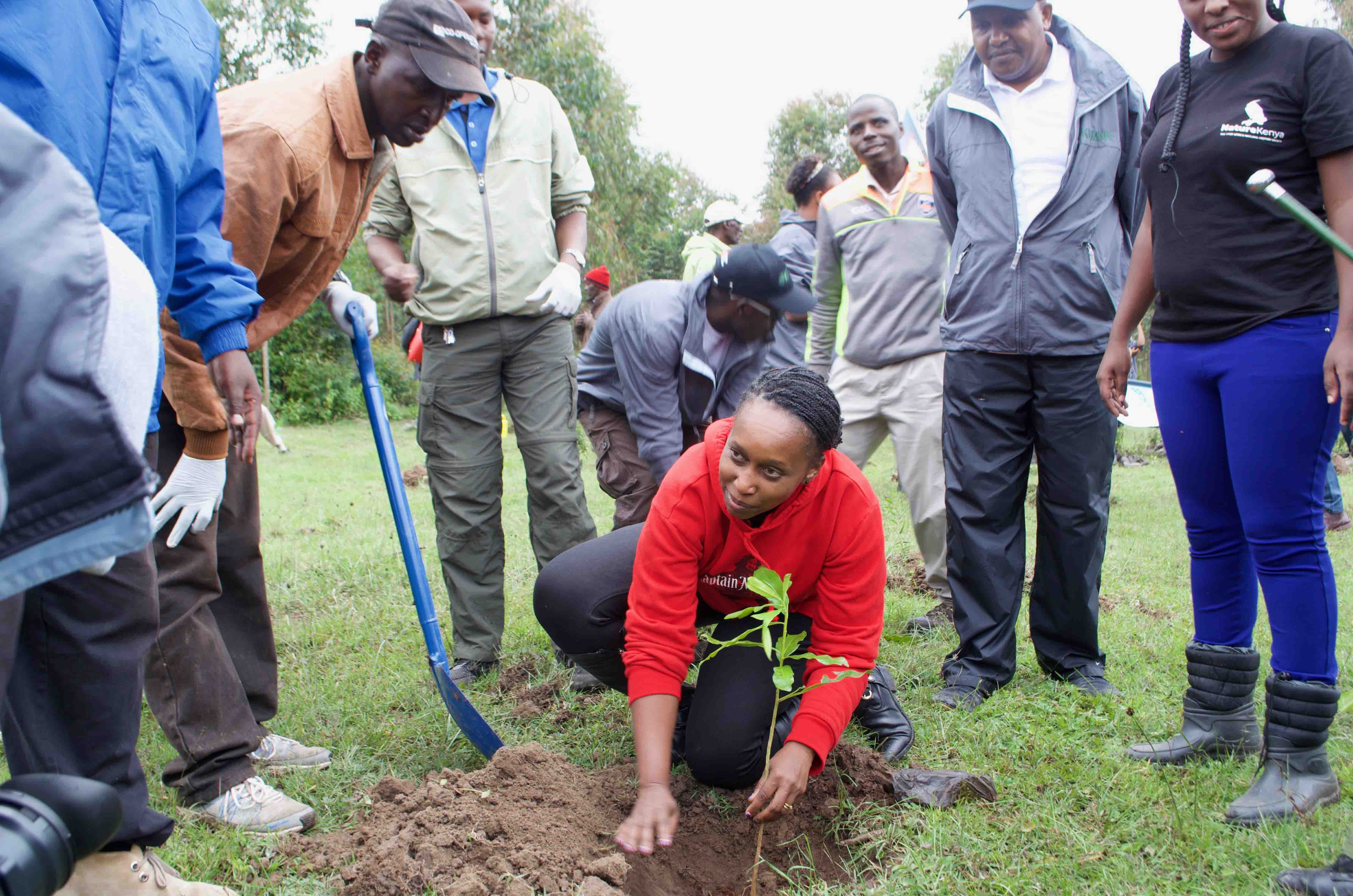At the AGM in May, a member asked the question: What do Nature Kenya’s projects do? A summary of major project activities is given below:
Nature Kenya’s work to conserve biodiversity focuses on Key Biodiversity Areas (KBAs). Key Biodiversity Areas in Kenya were first identified as IBAs (Important Bird Areas). Nature Kenya takes practical action by working with and for people – to improve their quality of life as they conserve nature. Nature Kenya collaborates with others wherever possible, at local, national, regional or global levels, linking with community groups, governments, businesses, universities and civil society groups to maximize conservation impacts.
Habitat Conservation
In Tana River Delta and Yala Swamp, two of Kenya’s most important wetlands at opposite ends of the country, Nature Kenya has been championing for better planning of developments in the wetlands to minimize biodiversity loss.
The Tana River Delta KBA is designated as a wetland of international importance (Ramsar site) and is one of the most important wetlands in Africa. In 2011, Nature Kenya led a collaborative effort of various stakeholders in the development of a Tana River Delta Land Use Plan (LUP) that was guided by a Strategic Environmental Assessment (SEA). The process was concluded in 2015. The land use plan has since been approved and adopted as a policy by the Lamu County government. The land use plan is now in its implementation phase. Nature Kenya has also been promoting the community conservation areas (CCAs) approach. Community Conservation Areas are biodiversity-rich areas partially or largely managed by local communities.
Nature Kenya, in collaboration with partners including the national government, County Governments of Siaya and Busia, non-government organizations and local communities, has been working to put Yala Swamp KBA, Kenya’s largest papyrus wetland, on a sustainable footing. The Siaya and Busia County governments, through Nature Kenya facilitation, have formulated a land use plan for the Yala Swamp informed by a Strategic Environmental Assessment. The Yala Swamp land use plan is a negotiated document which provides a framework on how land within the swamp and the surrounding areas will be used – for small-scale and large-scale agriculture, livestock rearing, nature-based industries and protected conservation areas.
In Mt. Kenya, Nature Kenya has partnered with the private sector and community forest associations (CFAs) to plant 100,000 indigenous trees to restore degraded sections of Mt. Kenya Forest KBA. This initiative seeks strategic commitment and support from the business sector to enhance the quantity and quality of water flowing from Mt. Kenya. The concept is that water consumers should help pay for protecting the sources of water. Other forest conservation initiatives have been undertaken by Nature Kenya in South Nandi and North Nandi, Kakamega and Cherengany Hills forests KBAs. These projects have enhanced community participation in conservation of forests through the CFAs.
Saving Species
In Taita Hills forests KBA, Nature Kenya has leased a 6-hectare piece of land at Msidunyi for the conservation and protection of the Critically Endangered Taita Apalis. This small forest fragment is expected to provide habitat for six per cent of the world’s Taita Apalis population. The Taita Apalis is on the verge of extinction with only an estimated 150 individuals remaining in the wild, in the Taita Hills. In 2010, Nature Kenya also secured the purchase of 20 hectares of land at the Kinangop grasslands KBA to protect the Endangered Sharpe’s Longclaw’s habitat.
In Maasai Mara KBA, Nature Kenya together with partner organizations in collaboration with Narok County Government and Kenya Wildlife Service, have been actively involved in vulture conservation activities. Currently the main effort is to reduce poisoning of wildlife through awareness creation, identification of poisoning hotspots and engagement of local communities to appreciate the key role that vultures play in the ecosystem.
Empowering Local Communities
Nature Kenya has been empowering local people to promote conservation with development at key priority sites. There are now 25 local conservation groups that serve as Site Support Groups (SSGs) for KBAs, especially those that are without official protection. Site Support Groups are community-based organisations of local people working for conservation and sustainable development in and around a KBA. Site support groups help Nature Kenya to engage with communities living adjacent to KBAs.
Resource centres in Mt. Kenya, Dakatcha Woodland, the Kinangop grasslands, Kakamega Forest, South Nandi Forest, the Kikuyu Escarpment and the Taita Hills KBAs serve to educate and inform children and the public, with awareness events reaching 10,000 children annually. The public have been made aware of unsustainable development options.
Nature Kenya has been linking livelihoods and biodiversity conservation. Communities living adjacent to the Arabuko-Sokoke Forest KBA in Kilifi now engage in butterfly farming as a source of livelihood. The communities are getting paid for raising butterflies on forest plants. The butterflies are sold (as pupae) to butterfly exhibits at home and abroad. Bee-keeping, handicrafts from local plants, fish farming, tree nurseries and on-farm forestry also raise incomes while reducing pressure on the forests.
Eco-tourism and bird-watching tourism in high potential sites that are not well known, such as Kakamega Forest, Arabuko-Sokoke Forest, Kinangop grasslands and Dakatcha Woodland KBAs is another source of income. Nature Kenya has also been championing the use of energy efficient stoves to further reduce dependency on forests for fuel wood.
Advocacy for Ecological Sustainability
Advocacy is key to keeping conservation issues on the national priority agenda. Nature Kenya has been enhancing public knowledge of nature’s values, contributing to national environmental policy and legislation processes and collaborating at national and international levels to advocate for conservation of important sites like the Tana River Delta and Dakatcha Woodland KBAs. Nature Kenya’s projects also support building the capacity of local communities to actively participate and positively influence decisions on biodiversity conservation. Nature Kenya has had significant input into national policy and legislation, including the Environmental Management and Co-ordination Act, the National Biodiversity Strategy and Action Plan, the Forest Act and Forest Policy and the draft Wetland Policy.



